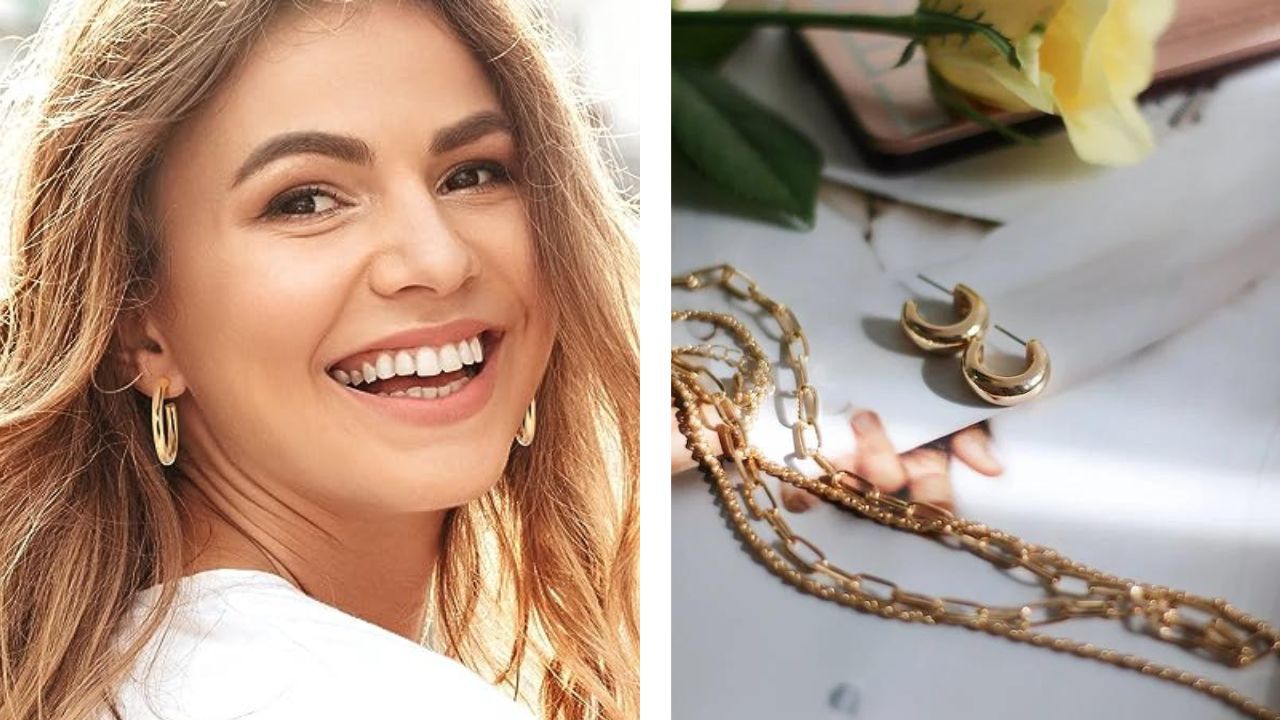Reviving Radiance: A Comprehensive Guide to Cleaning Tarnished Jewelry
Follow these simple steps to restore your non-tarnish jewelry's brilliant sheen. Read to see how!

Jewelry, the artistry we wear, is not immune to the passage of time and exposure. The gradual discoloration and dulling of our cherished pieces, known as tarnishing, can be disheartening. But fear not! We're here with an arsenal of cleaning techniques to restore your non-tarnish jewelry's radiant splendor!
Whether it's your grandmother's heirloom necklace or a recent favorite, follow our step-by-step guide to bid adieu to tarnish and welcome back the brilliance.
The Basics: Understanding Tarnish
Tarnish primarily affects metals like silver, brass, and copper due to oxidation. Over time, these metals react with moisture, air, and chemicals, causing a darkening or dulling effect on the surface. While tarnish is natural, it's entirely reversible with proper cleaning.
Step 1: Gentle Assessment
Before diving into cleaning, closely inspect your jewelry. Delicate pieces with gemstones or intricate designs might require special care. If your jewelry includes precious stones or pearls, consider seeking professional advice to ensure their safety during cleaning.
Step 2: Gathering Your Tools
For cleaning, gather a soft lint-free cloth, a bowl of lukewarm water, mild dish soap, a soft-bristle toothbrush, and specialized jewelry polishing cloths if available. Steer clear of abrasive brushes or harsh chemicals that could further damage your pieces.
Step 3: The Cleaning Process
- Pre-Cleaning: Remove any dirt or debris using a soft cloth or a brush with soft bristles. This prevents scratches during the cleaning process.
- Soap and Water: Create a soapy solution using lukewarm water and a few drops of mild dish soap. Gently submerge your tarnished jewelry and let it soak for a few minutes. This will help loosen dirt and grime.
- Gentle Brushing: For pieces with intricate patterns or hard-to-reach spots, use a soft-bristle toothbrush to gently scrub the surface. Avoid excessive pressure to prevent scratching.
- Rinsing: Rinse your jewelry under running water to remove the soap residue. Be cautious when rinsing near drains to prevent accidental loss.
- Drying: Pat your jewelry dry with a soft, clean cloth. Avoid air-drying, as minerals in water could leave behind spots.
- Polishing: If your jewelry still shows signs of tarnish, you can use specialized jewelry polishing cloths to gently rub the surface. These cloths are designed to restore luster without damaging the metal.
Step 4: Preventive Measures
To minimize future tarnishing, consider storing your jewelry in airtight containers or jewelry boxes with anti-tarnish inserts. Keep pieces away from direct sunlight and moisture. Additionally, avoid exposing your jewelry to harsh chemicals like perfumes or hairsprays, as they can accelerate tarnishing.
Professional Help:
If you're dealing with valuable or sentimental pieces, it's always wise to consult a professional jeweler. They can provide expert advice and even offer professional cleaning services if needed.
With these simple steps, you can bid farewell to tarnish and embrace the renewed brilliance of your jewelry. So click the button below to see what non-tarnish jewelry that we have selected just for you; and do not forget to do the regular cleaning and preventive care so that you too can extend the lifespan of your treasures!

